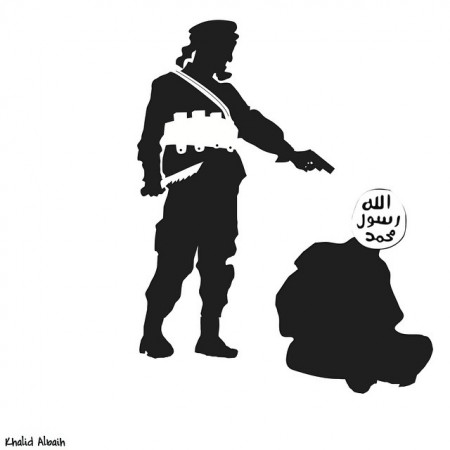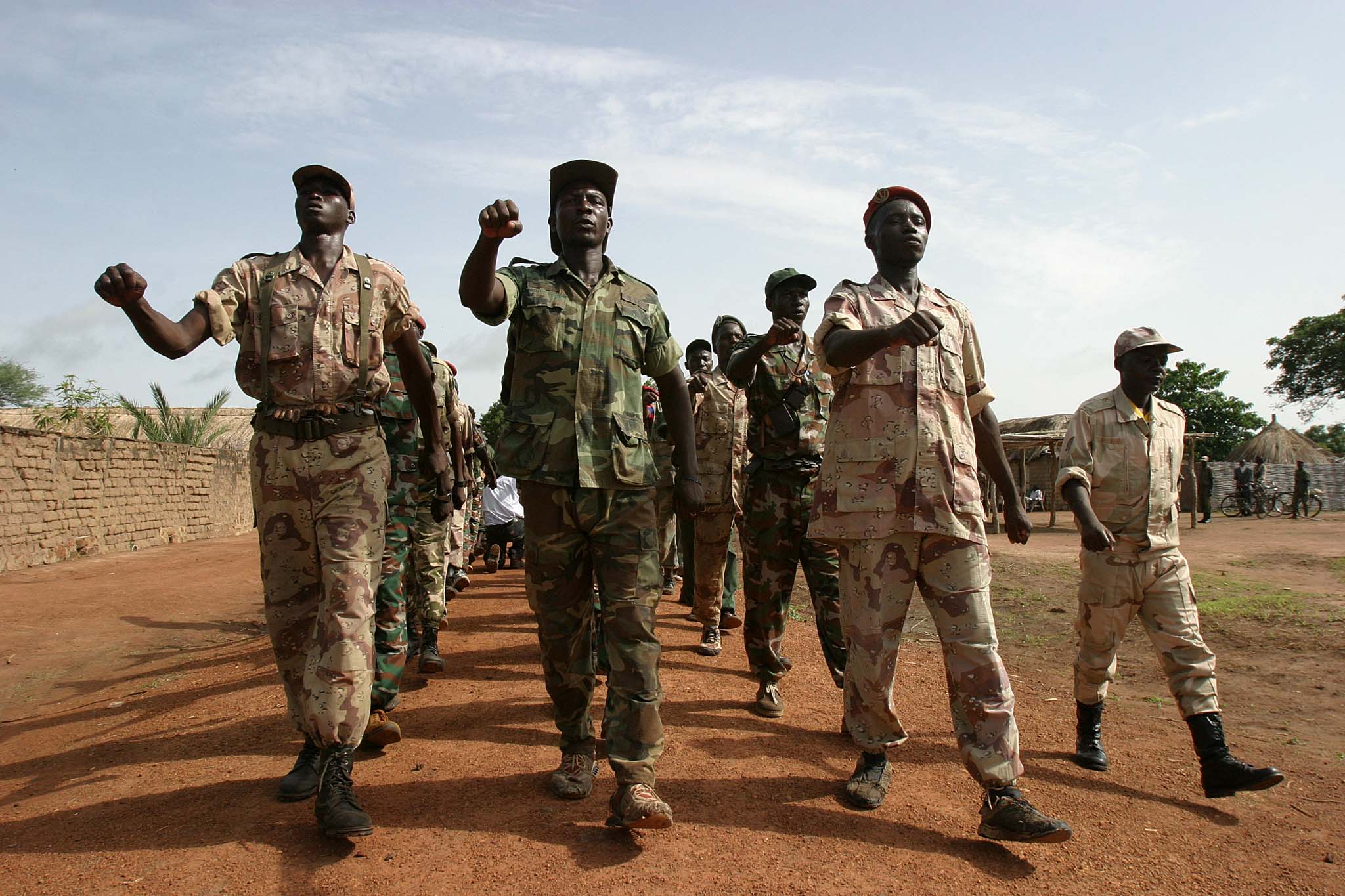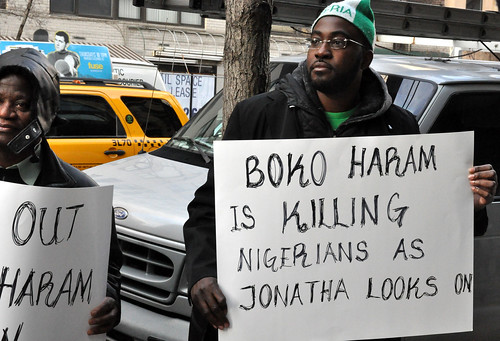
This forecast was originally published by the Institute for the Study of War on 24 February 2016.
The expanded interventions of Russia and Iran into the Syrian Civil War have shifted the trajectory of the conflict in favor of Syrian President Bashar al-Assad, granting him the strongest position on the battlefield as of February 24, 2016. Regime forces bolstered by Iranian ground troops and Russian air support have achieved major gains against both the Syrian armed opposition and ISIS in Northern Syria since September 2015, marking a fundamental shift in battlefield momentum following a compounding series of regime losses in the first half of 2015. President Assad now sits within reach of several of his military objectives, including the encirclement and isolation of Aleppo City and the establishment of a secure defensive perimeter along the Syrian Coast.[1] The regime and its allies will likely retain their battlefield gains if there is no intervention by the United States, Turkey, Saudi Arabia, or the UAE. Russian campaign designers have clearly planned the ongoing operations in northern Syria, introducing to the Syrian battlefield signature Russian doctrinal concepts such as frontal aviation, cauldron battles, and multiple simultaneous and successive operations. These have made the joint Syrian-Russian-Iranian military operations more effective for a longer duration than previous operations. The offensive operations conducted by the regime and its allies may nevertheless culminate over the 90-day timeframe, as pro-regime forces attempt to advance deeper into core opposition-held terrain and take high casualties. Regular reinforcement of ground capabilities by Iran and Russia will therefore remain necessary over the next three months in order to maintain this level of momentum in the face of continued manpower shortages, attrition, and opposition military actions designed to slow and divert the campaign.
Although an uncontrolled collapse of the Syrian regime seemed feasible in June 2015,[2] Russia’s intervention into the Syrian Civil War has ultimately reset the military balance in Syria. ISW published its last forecast in September 2015 based upon six fundamental assumptions, one of which did not hold for the entirety of the forecasting period. The forecast assumed that Russia would maintain a defensive posture in Syria in order to prevent regime collapse rather than prioritize offensive operations.[3] This assumption remained true in the first few weeks after the start of the Russian air campaign on September 30, 2015. Russia later shifted its air campaign in mid-October 2015 in order to provide direct support to joint Iranian-Syrian counteroffensives on the ground. The aggressive operations undertaken by Russia and Iran in Syria have precluded many of the previously-forecasted courses of action by the regime, al-Qaeda’s Syrian affiliate Jabhat al Nusra, and ISIS.




